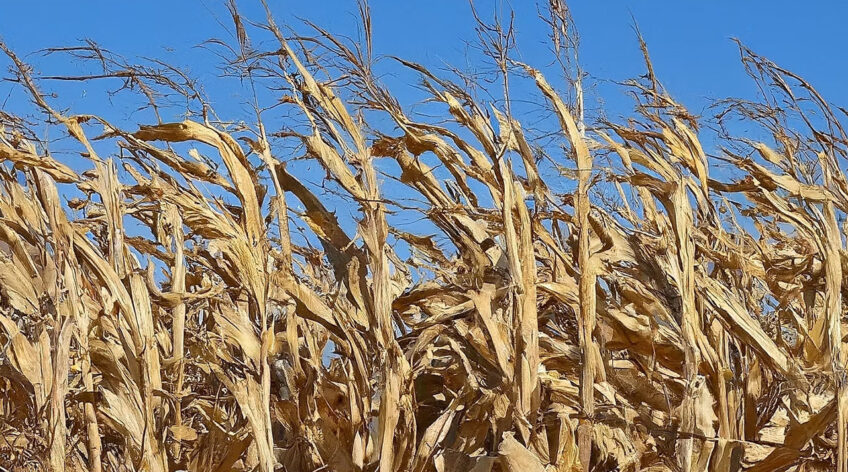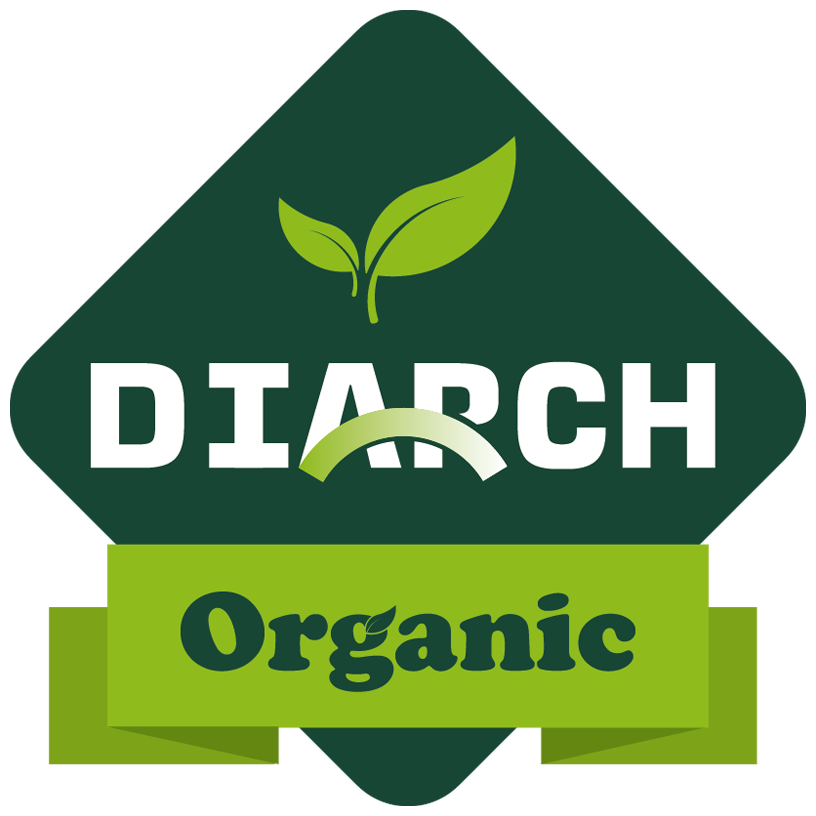- Your cart is empty Browse Shop

Maize: The Mighty Corn that Feeds the World
Maize, also widely known as corn, is a powerhouse grain that has nourished civilizations for millennia. Its journey began in Central America, where it was domesticated by indigenous peoples thousands of years ago. Today, maize reigns supreme as the third most-produced cereal grain globally, following rice and wheat.
Maize’s remarkable adaptability allows it to thrive in diverse climates, making it a crucial food source for millions worldwide. From gracing our dinner plates to fueling industrial processes, maize continues to be a driving force in the global food system.
A Nutritional Powerhouse on Your Plate
Maize is a valuable addition to diets due to its rich nutrient profile. Here’s a breakdown of the key nutrients found in a 100-gram (3.5-ounce) serving:
- Calories: 360
- Carbohydrates: 72 grams (including 4.8 grams of dietary fiber)
- Protein: 9 grams
- Fat: 1.5 grams
- Vitamin A: 36% of the Daily Value (DV)
- Vitamin C: 15% of the DV
- Thiamine (Vitamin B1): 11% of the DV
- Magnesium: 15% of the DV
- Phosphorus: 28% of the DV
- Potassium: 2% of the DV
Maize is particularly rich in complex carbohydrates, providing sustained energy throughout the day. Its abundance of carotenoids, which can be converted into vitamin A in the body, is crucial for maintaining healthy vision and immunity.
Beyond the Cob: The Diverse Applications of Maize
Maize’s versatility extends far beyond the realm of food. Here’s a closer look at its other significant uses:
- Animal Feed: A substantial portion of maize production goes towards feeding livestock, poultry, and fish.
- Biofuels: Maize can be transformed into ethanol, a renewable biofuel used as an alternative to gasoline.
- Industrial Products: Maize starch finds application in various industries, from the production of plastics and textiles to pharmaceuticals and cosmetics.



